
Roots
There is a quiet conversation that happens between our hands and our hair, a language spoken through touch that spans generations and continents. It is a dialogue often whispered in the sanctity of homes, passed down through the ages, holding within its gentle motions a hope for strength and vibrancy. Can these traditional scalp massage methods truly make our hair thicker?
This question leads us to the very origins of hair care, to the fundamental relationship between scalp and strand, and the enduring practices that have shaped our understanding of well-being. Roothea stands as a place where this ancient wisdom meets modern curiosity, seeking to uncover the deep connections that bind our hair to our heritage and our health.
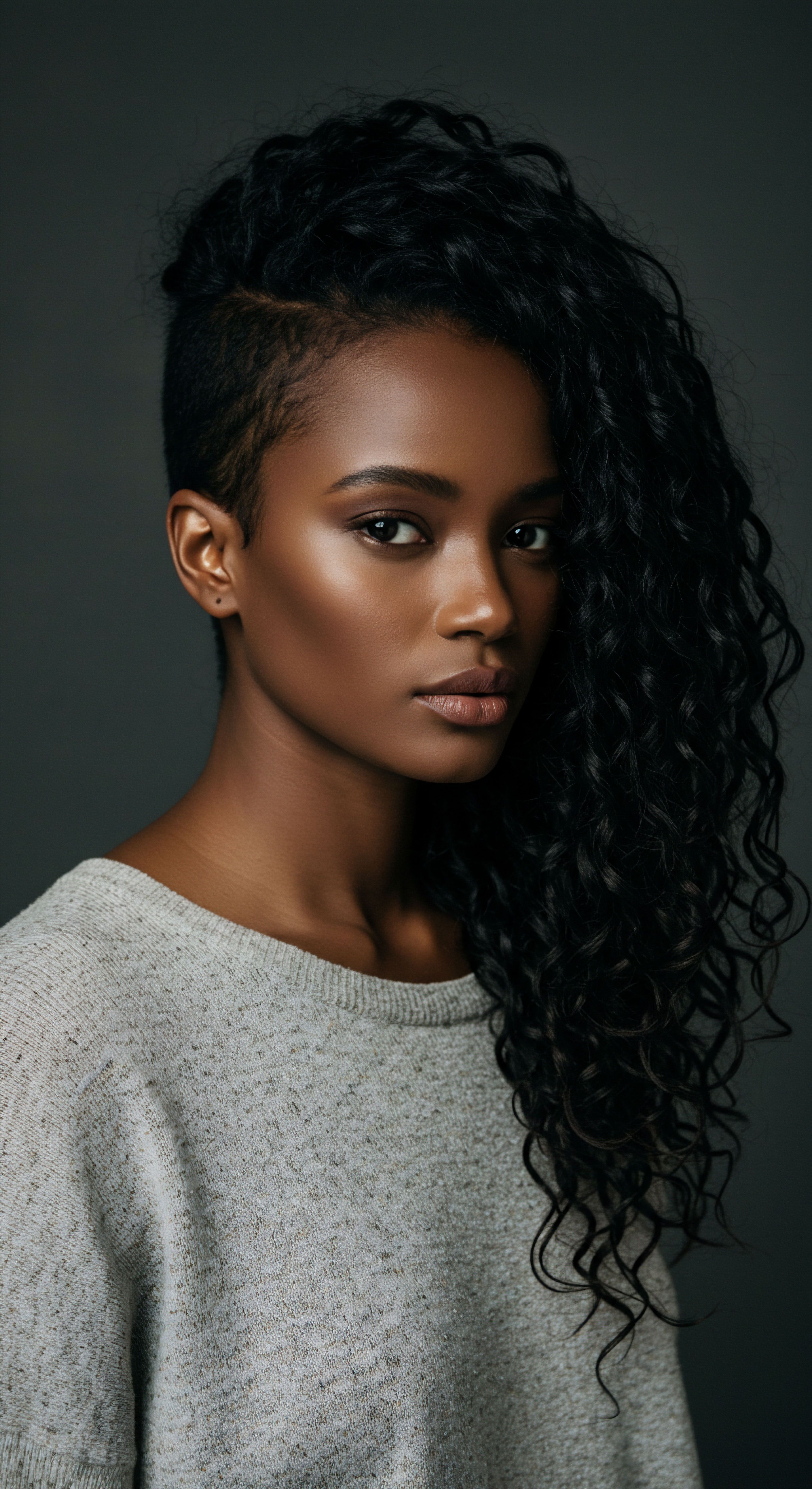
The Scalp A Living Landscape
The scalp, far from being a mere foundation for hair, presents itself as a living, breathing landscape. It is an extension of our skin, a complex ecosystem that supports the very life of each strand. Understanding its intricate composition is paramount to appreciating how any external application, such as massage, might influence hair growth. The scalp consists of several layers, including the epidermis on the surface, beneath which lies the dermis.
Within the dermis, the hair root resides, nestled within the hair follicle. This follicle, a microscopic unit, gives rise to new hair and relies on a rich vascular network for its survival and cell renewal. The hypodermis, the deepest layer, contains the hair bulbs. These layers collectively hold responsibility for hair health, much like facial skin. They demand careful attention.
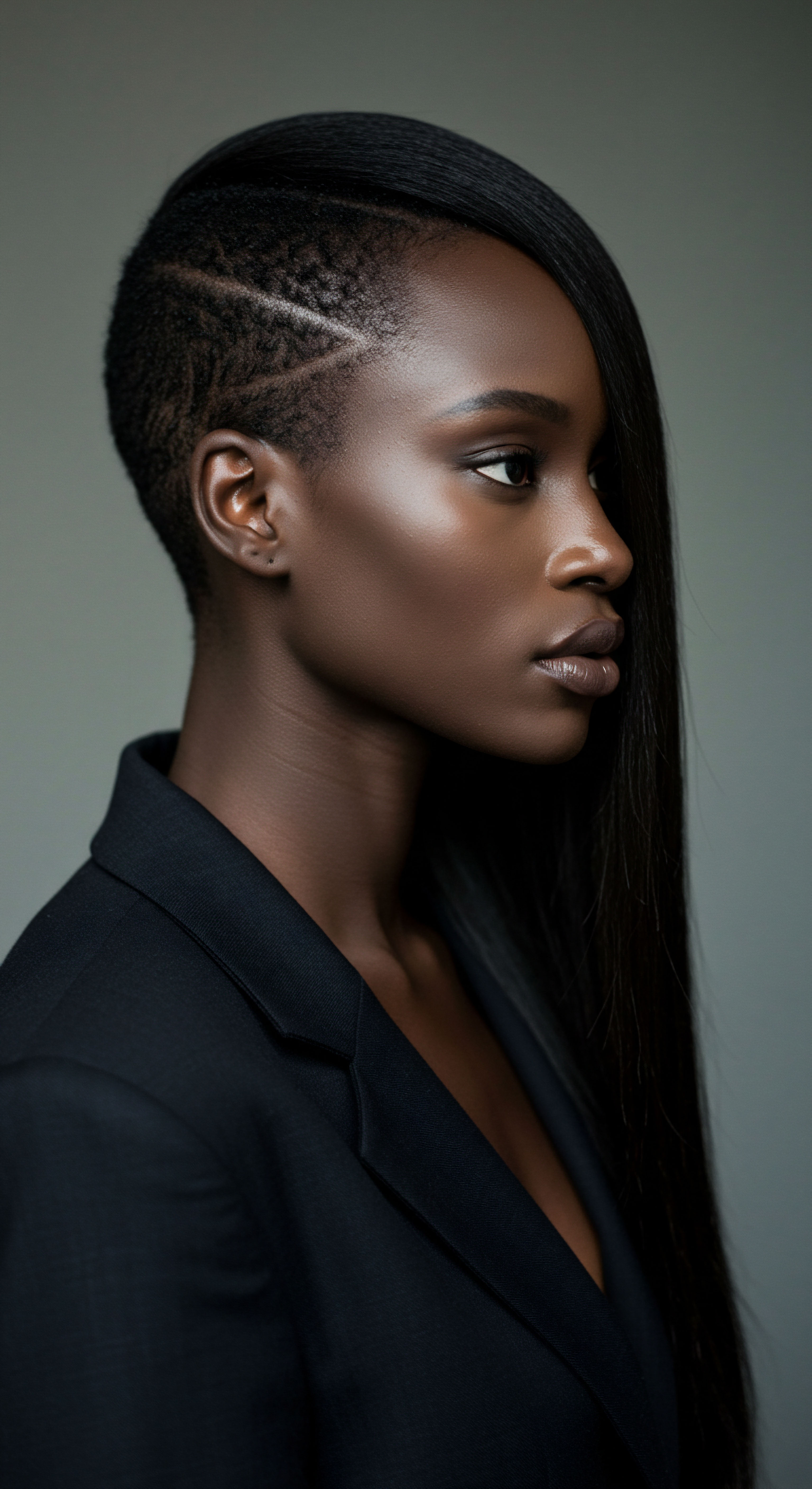
Hair’s Life Cycle A Delicate Balance
Hair growth follows a cyclical process, a rhythmic dance of creation and rest. This cycle consists of three primary phases ❉ anagen, catagen, and telogen. The anagen phase, the growth period, lasts for several years and is characterized by rapid cell division within the hair bulb, forming the hair shaft. At any given moment, a significant majority of scalp hairs, around 85-90%, are in this active growth phase.
The length of this phase determines the maximum hair length one can achieve, influenced by genetic, hormonal, and nutritional elements. Following anagen, the catagen phase, a brief transitional period, marks the cessation of hair growth. Finally, the telogen phase, a resting stage lasting about 5-6 weeks, culminates in hair shedding. As we age, this delicate cycle can experience disruption.
The scalp is a dynamic environment, with its layers and vascular network supporting the life of each hair strand.
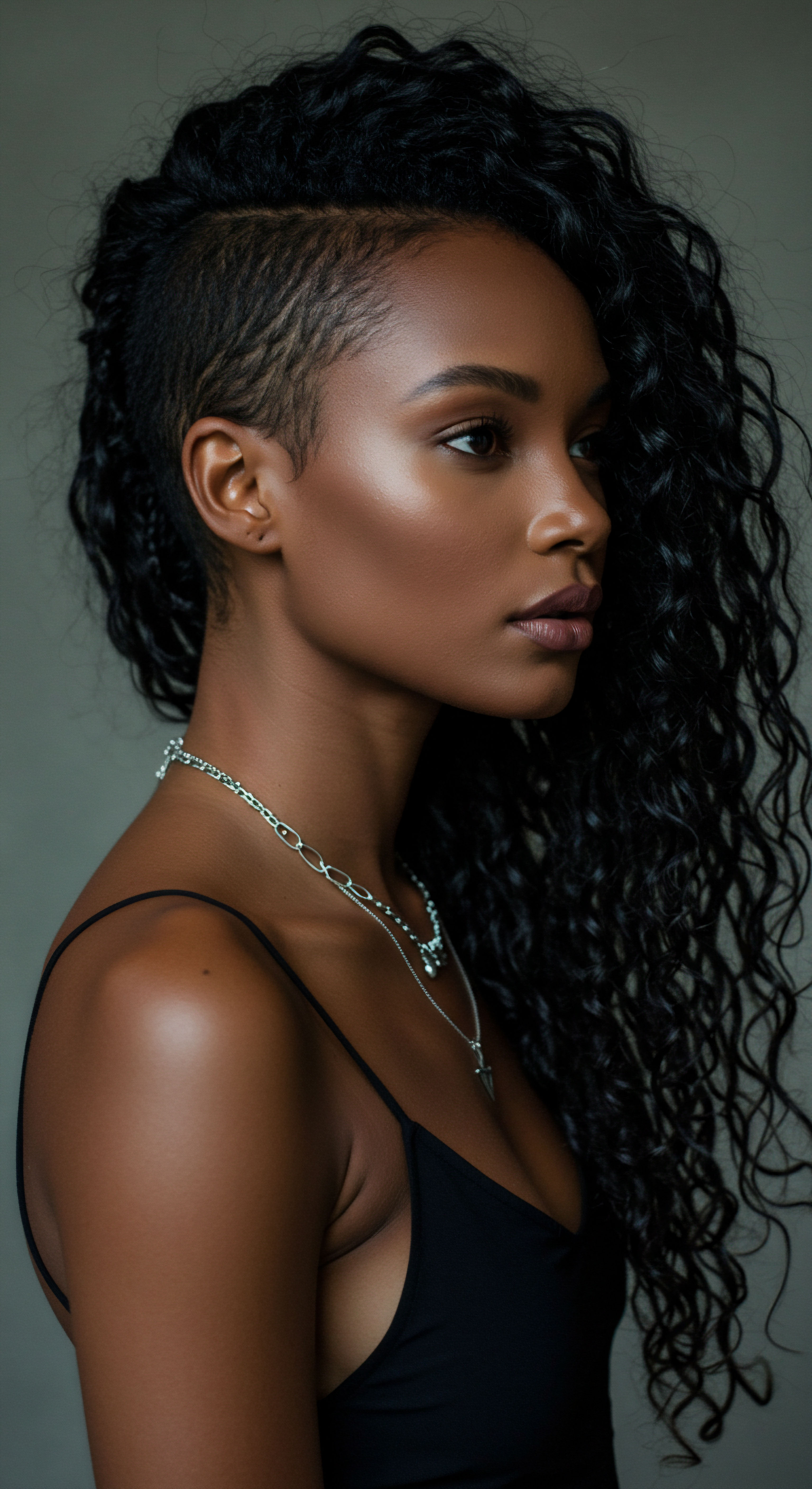
What is a Hair Follicle’s True Purpose?
A hair follicle extends beyond simply producing hair; it serves as a sophisticated biological unit, anchoring hair in the skin and guiding its production. Each follicle functions as a microscopic factory, constantly creating new hair through a complex, cyclical process. The human scalp holds an average of 100,000 hair follicles, each capable of generating multiple hairs across a lifetime. The hair bulb, located at the follicle’s base, represents its true core.
It houses matrix cells, specialized stem cells that divide quickly to form the hair shaft. These cells count among the most active in the human body, dividing every 23 to 72 hours during the active growth phase. The bulb also produces melanin, the pigment that colors hair, incorporating it into the growing hair shaft.
The presence of mechanoreceptors around hair follicles is particularly noteworthy. These specialized sensory nerve endings, known as hair follicle receptors or hair root plexuses, detect changes in hair position and mechanical stimuli like touch and pressure. These receptors are sensitive, conveying tactile sensations. Different types of mechanoreceptors, including those with unmyelinated axons (C-LTMRs), are driven by hair movement.
This intricate innervation suggests a direct communication pathway between external forces applied to the scalp and the biological activity within the hair follicle itself. The skin’s ability to respond to mechanical forces, felt by various cellular systems, could play a part in hair growth.

Ritual
Stepping from the foundational science, we now consider the practical wisdom held within the daily and periodic practices that shape our hair care. The act of scalp massage, often a quiet moment of self-attention or a shared tradition, speaks to a desire for practical well-being. It is a gentle yet purposeful action, often accompanied by the application of oils, connecting us to a lineage of care.
This section delves into the techniques and methods, offering guidance rooted in both observation and historical practice, to understand how these rituals might genuinely contribute to hair thickness. We move from the ‘what’ to the ‘how,’ inviting a deeper acquaintance with these time-honored customs.

Traditional Practices Across Cultures
Scalp massage, as a practice, holds a venerable position across numerous cultures, with its origins dating back centuries. Ancient Indian Ayurvedic medicine recognized scalp massage, known as Champissage or Indian Head Massage, as an essential part of balancing bodily energies and promoting overall health. This traditional technique often involves stimulating pressure points on the scalp using herbal oils. Similarly, Traditional Chinese Medicine (TCM) has a long history of scalp massage as a therapeutic practice, believing it improves blood circulation, reduces stress, and enhances hair and scalp health.
Chinese techniques frequently focus on acupressure points to balance the body’s energy flow. Japanese head spa treatments, influenced by both Ayurvedic and Chinese traditions, incorporate scalp massages, steaming, deep cleansing, and nourishing products to rejuvenate the scalp and hair.
- Champissage a traditional Indian scalp massage, employs herbal oils and pressure point stimulation for hair and overall well-being.
- Traditional Chinese Medicine techniques utilize acupressure points on the scalp to improve circulation and balance energy.
- Japanese Head Spa treatments blend ancient massage with modern practices, including steaming and specialized product application.

How Do Scalp Massages Stimulate Hair Growth?
The proposed mechanisms behind scalp massage’s potential to influence hair thickness center on several biological responses. One primary explanation points to improved blood circulation. When the scalp is massaged, it stimulates the skin and the small blood vessels within it, thereby increasing blood flow to the hair follicles. This enhanced circulation ensures a more consistent supply of oxygen and vital nutrients to the hair follicles, elements crucial for their health and the stimulation of hair growth.
Beyond circulation, mechanical stimulation itself appears to play a part. The physical pressure and stretching forces applied during a scalp massage can influence dermal papilla cells, which are critical players in the hair growth process. These mechanical forces are thought to induce changes in gene expression within these cells, potentially leading to increased hair thickness.
This concept suggests that the direct physical interaction with the scalp can send signals that promote healthier, thicker hair. Some researchers propose that mechanical stress on dermal papilla cells may cause a change that increases hair thickness.
Improved blood flow and direct mechanical stimulation are key factors in how scalp massage may support hair thickness.
Moreover, scalp massage is widely recognized for its stress-reducing properties. High stress levels can lead to hormonal imbalances that contribute to hair shedding and thinning. By alleviating tension and promoting relaxation, scalp massage creates a more favorable environment for hair growth. The rhythmic motions can release tension in scalp muscles, reduce headaches, and calm the mind, all of which indirectly benefit hair health.

Practical Approaches to Scalp Massage
Incorporating scalp massage into a regular hair care regimen is a simple and accessible step. It can be performed using fingertips, a specialized scalp massaging tool, or even a comb. Whether the hair is dry or damp, with or without oils, the principle remains the same ❉ gentle, consistent pressure with circular motions.
For instance, beginning at the hairline and moving towards the back of the head, focusing on areas of tension, is a common technique. The duration can vary, with some studies suggesting as little as 4 minutes daily, while others indicate benefits from 10-20 minutes.
While the act of massage itself is central, the addition of certain oils can enhance the experience and potentially the benefits. Essential oils like rosemary, peppermint, and lavender, when diluted with carrier oils, are sometimes used to further stimulate circulation and soothe the scalp. It is important to remember that consistency holds more weight than excessive force, as overly aggressive massage can irritate the scalp or cause hair breakage.
| Technique Fingertip Massage |
| Primary Method Circular motions with pads of fingers, moderate pressure. |
| Associated Benefits Stimulates blood flow, relieves tension, general scalp health. |
| Technique Acupressure Point Stimulation |
| Primary Method Targeted pressure on specific points. |
| Associated Benefits Balances energy flow, reduces stress, influences hair growth related pathways. |
| Technique Oil Application with Massage |
| Primary Method Warm oils massaged into scalp. |
| Associated Benefits Nourishes scalp, enhances absorption of beneficial ingredients, relaxation. |
| Technique These methods offer diverse ways to approach scalp care, each with its own emphasis on promoting well-being. |

Relay
We now transition into a more sophisticated exploration, moving beyond surface-level discussions to consider the deeper complexities surrounding hair thickness and traditional scalp massage. How do biological systems truly respond to these age-old practices? This section seeks to unravel the intricate interplay of biological, psychological, and cultural factors that shape our understanding of hair health. We will draw upon relevant research and scholarly findings, moving into a space where scientific rigor meets cultural intelligence, to provide a profound appreciation of the subject.
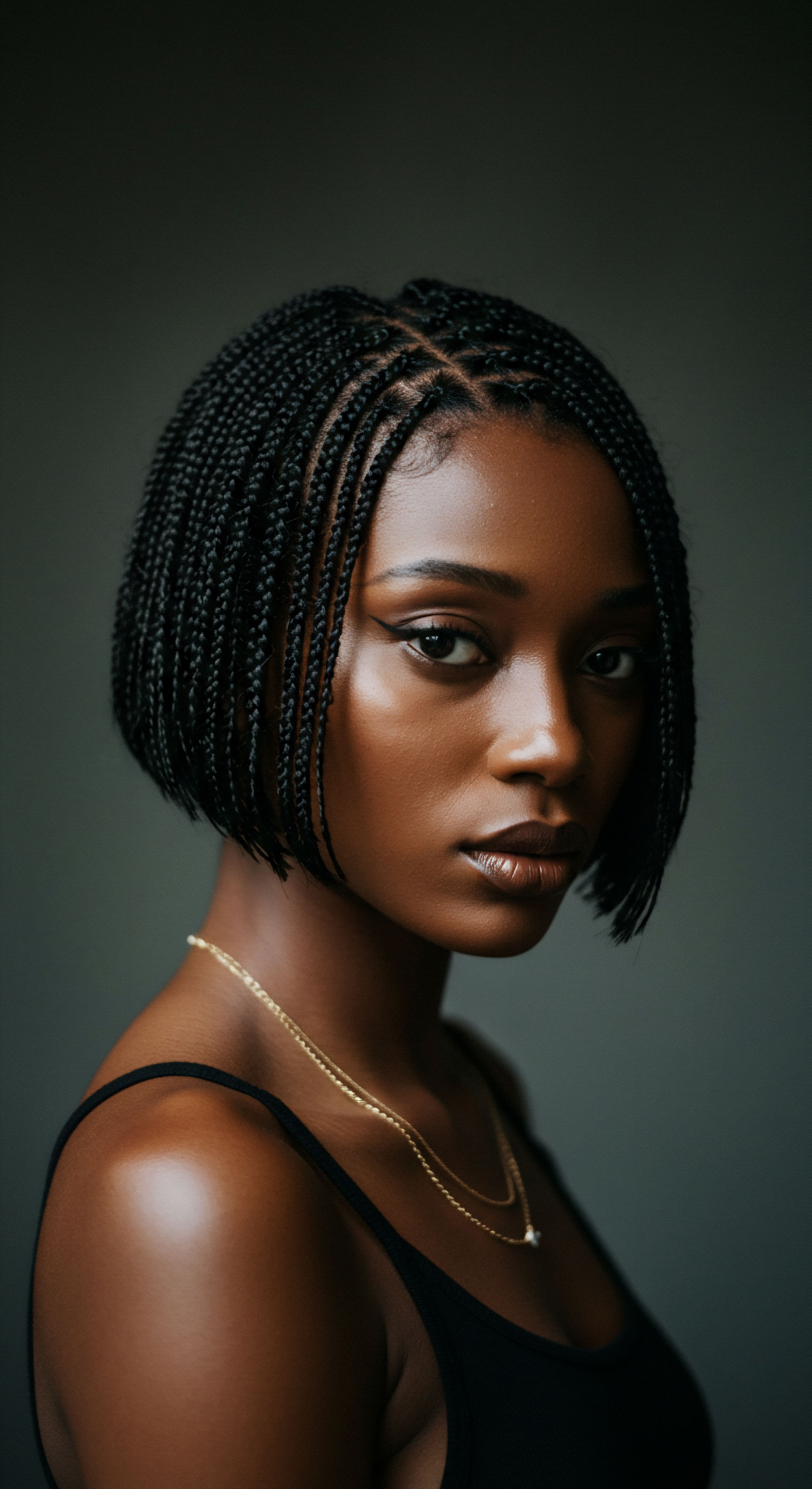
Can Mechanical Stimulation Directly Influence Hair Follicles?
The assertion that traditional scalp massage can increase hair thickness finds some grounding in the realm of mechanobiology, the study of how physical forces affect biological systems. Hair follicles are not inert structures; they respond to mechanical stimuli. Research indicates that the dermal papilla cells, situated at the base of the hair follicle and playing a central part in hair growth, are sensitive to stretching forces. These cells interact with hair matrix cells to facilitate hair production.
A notable study published in the journal Eplasty in 2016 provides compelling, albeit limited, evidence. This research observed nine healthy Japanese men who received a 4-minute standardized scalp massage daily for 24 weeks. At the conclusion of the study period, the participants demonstrated an increase in hair thickness, specifically from 0.085 ± 0.003 mm to 0.092 ± 0.001 mm. The authors suggested that this improvement stemmed from the mechanical stress applied to the dermal papilla cells, which in turn altered gene expression.
Specifically, the study reported an upregulation of hair cycle-related genes such as NOGGIN, BMP4, SMAD4, and IL6ST, alongside a downregulation of hair loss-related genes like IL6. This indicates a direct cellular response to the physical manipulation of the scalp, moving beyond simple blood flow enhancement as the sole mechanism.
A subsequent survey-based study in 2019, involving 340 participants who performed twice-daily scalp massages, also reported improvements in self-assessed hair loss, with approximately 69% of participants noting positive changes. While self-reported data should be interpreted with awareness of potential biases, it adds to the accumulating observations of perceived benefits.
The intricate network of nerve endings, or mechanoreceptors, around hair follicles further supports this idea. These sensory nerve endings, such as hair root plexuses, are highly sensitive to touch and pressure. The mechanical forces from massage can stimulate these receptors, potentially sending signals that influence follicular activity. The body’s tissues and cells constantly respond to various mechanical forces, and the scalp is no exception.

The Complex Interplay of Factors for Hair Vitality
While scientific findings offer promising directions, it remains important to view scalp massage as part of a larger ecosystem of hair health. Hair vitality is not solely determined by external stimuli; it is a complex interplay of genetic predispositions, hormonal balance, nutritional intake, and overall physiological well-being. For individuals experiencing significant hair thinning or loss, such as androgenetic alopecia, scalp massage may serve as a supportive measure, but it is not typically presented as a standalone cure.
Consider the broader context ❉ stress reduction, a known benefit of scalp massage, plays a considerable part in hair health. Chronic stress can impact hormone levels, which in turn affect the hair cycle. By promoting relaxation and reducing tension, scalp massage contributes to a more conducive environment for healthy hair growth. The improved microcirculation also facilitates the delivery of essential nutrients and oxygen, and the removal of waste products from the scalp, all of which are vital for robust hair follicles.
The application of certain oils during massage, a common practice in traditional methods, also adds a layer of potential benefit. For instance, rosemary oil has been studied for its ability to increase hair density and promote blood flow, with some research suggesting comparable effects to minoxidil for androgenetic alopecia. Peppermint oil is also noted for its potential to speed up hair growth and soothe the scalp.
| Mechanism Increased Blood Flow |
| Description Manual stimulation enhances microcirculation, delivering more oxygen and nutrients to hair follicles. |
| Supporting Evidence Studies suggest improved blood flow to follicles. |
| Mechanism Mechanical Stretching of Dermal Papilla Cells |
| Description Physical pressure causes stretching forces on cells at the hair follicle base. |
| Supporting Evidence 2016 Eplasty study showed increased hair thickness and gene expression changes. |
| Mechanism Stress Reduction |
| Description Relaxation induced by massage lowers stress hormones and scalp tension. |
| Supporting Evidence Reduced stress can mitigate stress-induced hair loss. |
| Mechanism Follicle Stimulation |
| Description Direct physical stimulation may activate dormant follicles and promote activity. |
| Supporting Evidence General agreement on stimulation, supported by overall observed benefits. |
| Mechanism The scientific understanding of scalp massage points to multiple interconnected pathways that may contribute to hair thickness. |

What are the Limitations of Current Research?
While the findings from studies like the 2016 Eplasty paper offer encouraging data, it is crucial to acknowledge the limitations of current research. The study involved a small sample size of nine men, which means the results, while statistically significant for that group, may not be broadly generalizable to the wider population, especially given the diversity of hair types and conditions. More extensive studies with diverse participant groups, including individuals with various textured hair types, are needed to strengthen these conclusions.
Current research suggests scalp massage can influence hair thickness, yet larger, more diverse studies are needed for broader conclusions.
Furthermore, many traditional practices incorporate not only massage but also specific oils, herbs, and cultural rituals that contribute to the overall experience and potential benefits. Disentangling the effects of massage alone from the combined effects of these other elements requires meticulous research designs. The self-reported nature of some study findings, while valuable for understanding perceived outcomes, can introduce subjective bias. Rigorous clinical trials with objective measures of hair density, thickness, and growth rates are essential to build a more comprehensive and definitive body of evidence.
The question of optimal duration and frequency of massage also remains an area for further scientific investigation. While some studies point to 4-minute daily sessions or 20-minute twice-daily sessions, the precise regimen for maximum benefit across different individuals and hair conditions is not yet fully defined. The role of specific massage tools versus manual techniques also requires more comparative study.
- Research often involves small sample sizes, limiting generalizability.
- Self-Reported outcomes can introduce subjective bias.
- Optimal duration, frequency, and technique remain areas for further study.
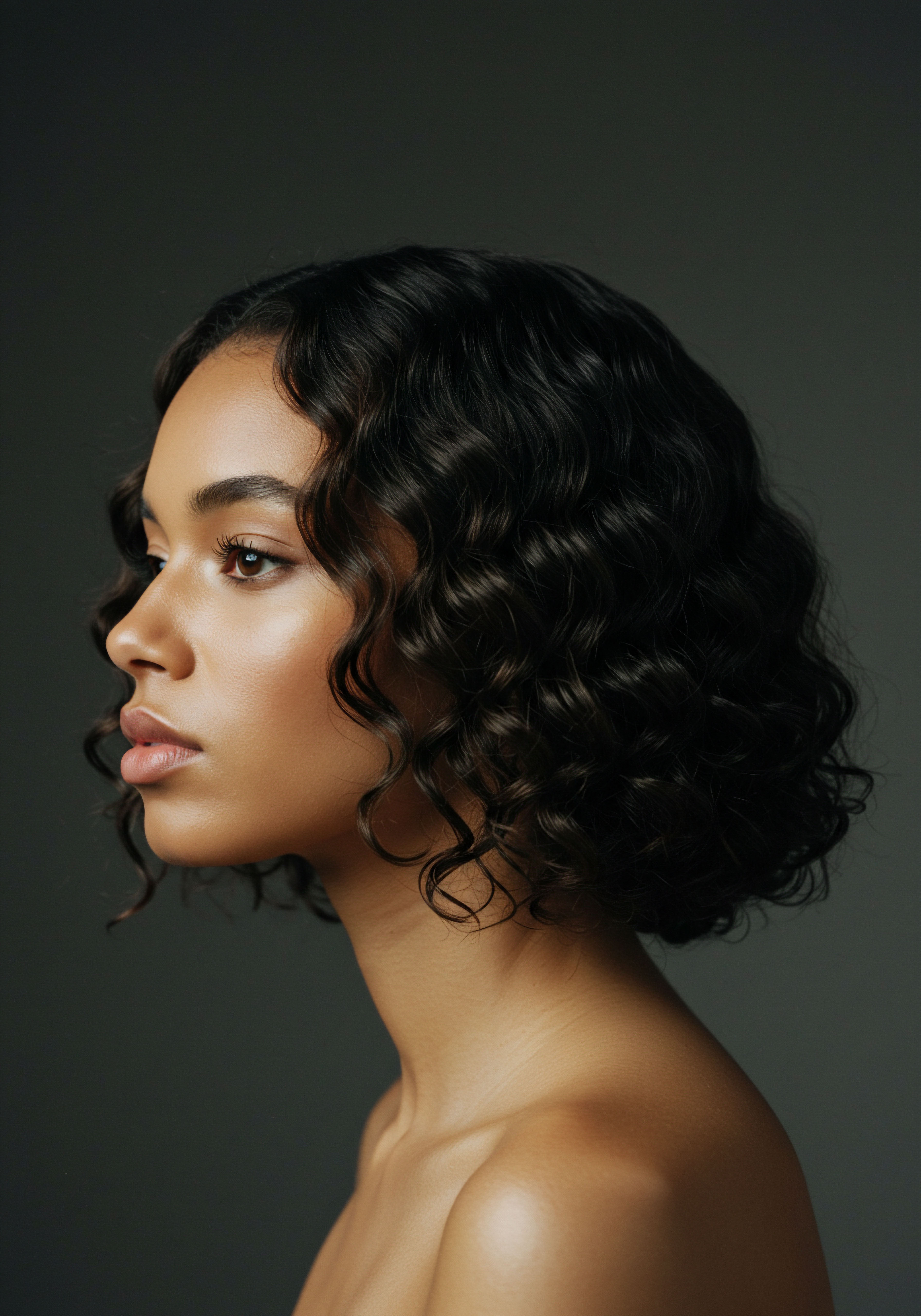
Reflection
The gentle press of fingertips upon the scalp, a practice echoed through generations and across distant lands, holds more than simple comfort. It is a dialogue between the external touch and the inner workings of our biological selves, a testament to the enduring human quest for vitality and well-being. From the ancient wisdom of Ayurvedic practitioners to the meticulous observations of modern science, a consistent thread emerges ❉ the belief that mindful attention to the scalp can indeed influence the thickness of our hair.
While scientific exploration continues to deepen our understanding of mechanobiology and follicular response, the shared human experience of relief, improved circulation, and perceived growth offers its own compelling testimony. The delicate pastel lady of Roothea finds solace in this intersection, recognizing that true hair care resides not only in laboratory findings but also in the time-honored rituals that honor our heritage and nourish our individual strands, one gentle stroke at a time.
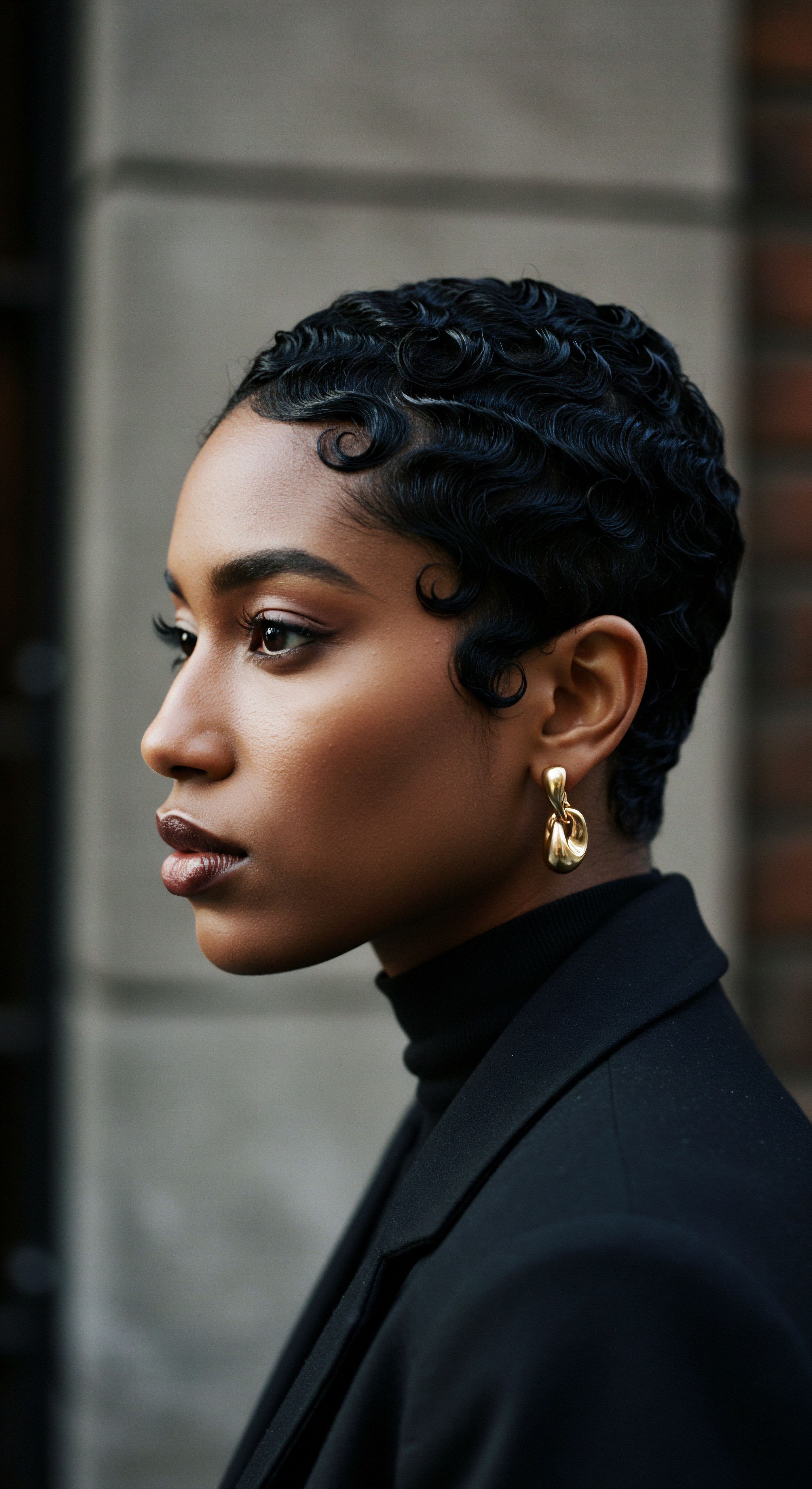
References
- 1. Koyama, T. Kobayashi, K. Hama, T. Murakami, K. & Ogawa, R. (2016). Standardized Scalp Massage Results in Increased Hair Thickness by Inducing Stretching Forces to Dermal Papilla Cells in the Subcutaneous Tissue. Eplasty, 16, e8.
- 2. Lee, B. H. et al. (2016). Hair growth-promoting effects of lavender oil on C57BL/6 mice. Toxicology Research, 32(1), 77-83.
- 3. Oh, J. H. et al. (2014). Peppermint oil promotes hair growth without toxic signs. Toxicological Research, 30(4), 297-304.
- 4. Panahi, Y. Taghizadeh, M. Marzony, E. T. & Sahebkar, A. (2015). Rosemary oil vs minoxidil 2% for the treatment of androgenetic alopecia ❉ a randomized comparative trial. SKINmed, 13(1), 15-21.
- 5. Sinclair, R. (2013). Fast Facts ❉ Disorders of the Hair and Scalp. Karger Publishers.
- 6. McMichael, A. J. & Hordinsky, M. K. (Eds.). (2017). Hair and Scalp Disorders ❉ Medical, Surgical, and Cosmetic Treatments. CRC Press.
- 7. Dawber, R. P. R. & Van Neste, D. (1995). Hair and Scalp Disorders. Blackwell Science.
- 8. Camacho, F. M. & Price, V. H. (2001). Hair and Its Disorders ❉ Biology, Pathology and Management. Martin Dunitz.
- 9. Sperling, L. C. (2000). Hair Pathology with Trichoscopic Correlations. Cambridge University Press.
- 10. Hao, J. J. & Hao, L. L. (2007). Chinese Scalp Acupuncture. Thieme.